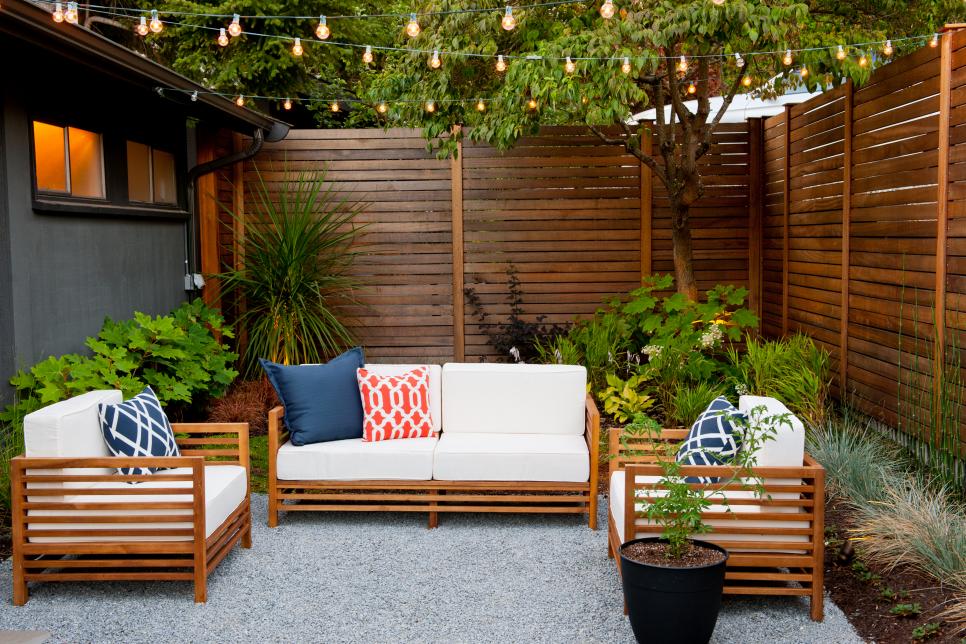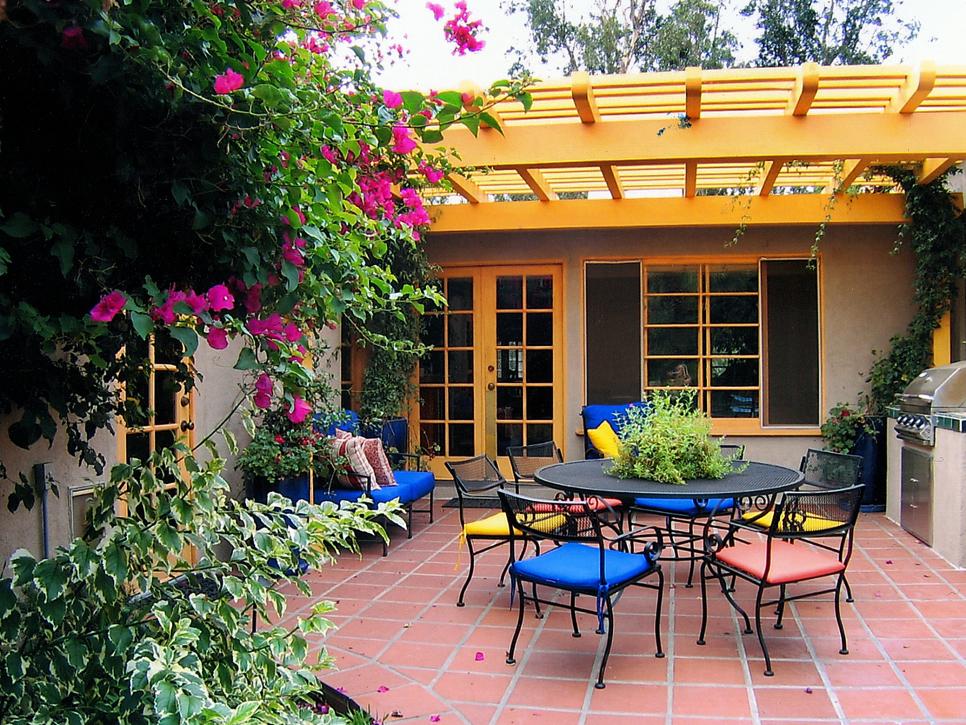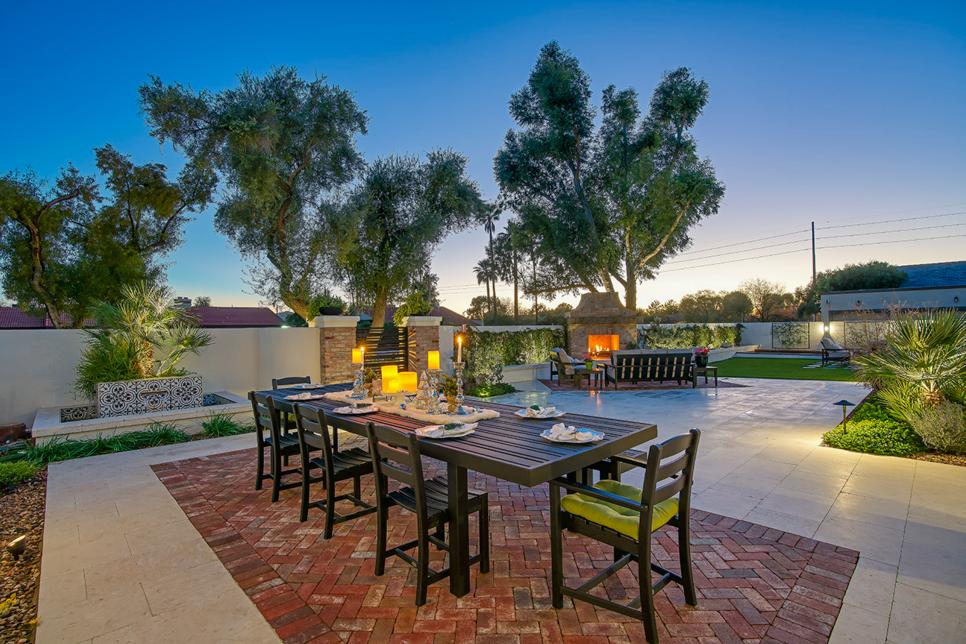Choosing a Material for Your Patio
Patios can be whatever you dream up, from grand gathering spaces to intimate backyard escapes, and they can be nearly any shape, size, color or pattern you can imagine. There are a variety of materials to choose from when it comes to building patios.
Concrete is often the least expensive and most versatile because it can be dyed and formed into a myriad of colors and shapes. Concrete pavers are available in a wide variety of shapes and sizes from large slabs to cobblestone-looking blocks.
Brick is popular for patios because it can also be used for pathways and retaining walls, and it can be an inexpensive DIY option.
Flagstone is basically a generic term for sedimentary stone. The least expensive type of flagstone available to you will likely depend on where you live and what’s mined in your region of the country. Slate and bluestone are primarily found in the Northeast, while travertine, quartzite, limestone and basalt come from the Midwest and Mountain West. And as you might guess, sandstone comes from the desert regions of the Southwest. You can get varieties of flagstone that are not from your region, but the cost will likely be more than the locally sourced material.
If you’re wanting a tile patio, the material you choose will depend on your climate and environment. Tile made from granite and porcelain can withstand temperature extremes from brutally hot summers and below-zero winters. But they are non-porous, meaning they won’t absorb water, so if your yard is prone to flooding these materials may not be right for you. Slate, travertine and limestone are softer than granite and porcelain, so they will probably need to be sealed often to prevent cracking if you live in an area with extreme weather. However, too much sealing can make these tiles very slippery when wet so they are not recommended for pool areas.
Loose material, often just called gravel, can be made of decomposed granite, crushed stone or an aggregate of various stones. Gravel is popular choice around fire pits and for walkways. It is DIY and budget friendly. Gravel is a smart choice for areas that are prone to flooding and heavy rains as it won't prevent the ground from absorbing the water.






